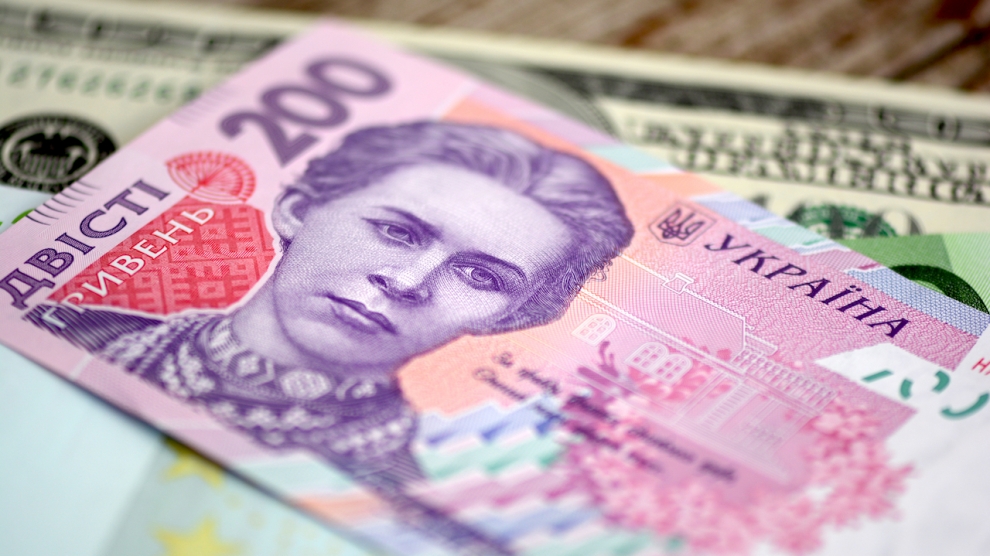In 2020, the Ukrainian economy will be challenged by an external economic environment that may bring higher risks of a global slowdown and trade tensions. However, the country’s macroeconomic condition is “as good as it gets” and is heading into the new year with confidence, ICU Management, an independent advisory firm specialising in emerging markets has said.
According to the company’s latest report, consumer confidence in the Ukrainian economy is at its highest level since the 2008 financial crisis while the economy’s annual growth is now three-four per cent on average. Trust is also supported by an estimated 11 per cent decline in Ukraine’s debt-to-GDP ratio, and a current account deficit that is contracting to the relatively safety of three per cent of GDP. There is also growing interest amongst foreign investors in Ukrainian bonds.
Ukraine recorded an unexpected 4.6 per cent rise in its GDP during the second quarter of 2019, beating all market expectations while the country’s third-quarter growth reached 4.2 per cent: also ahead of the market consensus.
“Economic growth will be constrained by the lower transit volumes of Russian gas, cooling global growth, weaker growth of Ukraine’s key trading partner, the EU, decreasing prices for key exported commodities (iron ore and steel), potentially leading to contraction in production, and a conservative fiscal policy due to the need to make large payments on state debt,” the report reads.
The advisory firm expects Ukraine’s full-year real GDP growth in 2019 to close at 3.6 per cent and a slowdown to 3.2 per cent in 2020, noting that “better-than-expected delivery of planned reforms and rebound in global growth pose upside risks to our forecasts.”
The report came as the Ukrainian hryvnia was ranked the best performing currency of the year by Bloomberg: the Ukrainian currency gained 19 per cent against the US dollar in 2019.
While the Donbas war in eastern Ukraine and visa liberalisation with the EU weakened the country’s economic performance and increased the emigration, the strengthening of the hryvnia has – to some extent – weakened emigration trends to Europe.
Although the Ukrainian government has agreed with the International Monetary Fund (IMF) on a new 5.5 billion US-dollar stand-by arrangement for three years, offering a positive sign to investors, it is yet to sign the agreement. This is expected to happen early in 2020.
The country’s cooperation with the IMF has stumbled on the status of banks affected by the 2014 crisis, in particular the rescue of PrivatBank, the largest Ukrainian commercial bank. However, Ukraine has already met previous expectations after cleaning up its banking sector which included PrivatBank’s nationalisation. However, should the bank be returned to its former owners – court cases are still ongoing – this would constitute “a point of no return for the IMF.”
ICU’s analysts point out that the National Bank of Ukraine (NBU) is poised to make further cuts in the country’s key policy rate. Earlier this month, the bank continued with easing its monetary policy and cut the key rate to 13.5 per cent, which the ICU expects to be further decreased to 10.5 per cent by the end of 2020.
“Due to the boom in consumer lending and lack of high provisioning expenses that were made in the past, banks can expect yet another profitable year in 2020, as the consumer confidence index is at a 10-year high,” the advisory firm says.






Add Comment